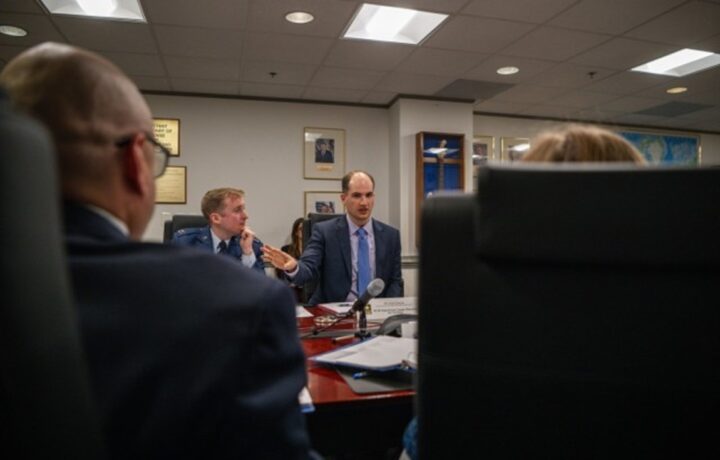In early May, the Department of Defense announced this year’s iteration of the Talent Management Innovation Challenge.
The challenge
Designed to look internally for answers to some glaring issues, the challenge hopes to find the best way to ensure the best people, with the right skills, are in the most appropriate jobs.
“From a talent management standpoint, we have a lot of things that we face as challenges,” said Jeannette Haynie, director of the DOD Talent Management Innovation Challenge. “For example, hiring timelines, competing against private industry, and reaching the breadth of the folks around America. We need to figure out how to, over time, [increase our] focus to be more human-centered.”
The first challenge kicked off in August of 2023. It was a way to poll the total DoD force and bring forward new ideas to improve the talent management issues plaguing the department. In 2023, the DoD’s Office of Personnel and Readiness received more than 200 submissions. Those 200-plus submissions were then dwindled to 33 semifinalists.
Chosen teams, representing the top nine ideas were gathered at the Pentagon to present their ideas to DoD leadership after which they would work along with various policy offices inside the department to collaborate on implementing those ideas. The teams that made it to the finals were given two days to present their ideas.
“To remain the best fighting force in the world and effectively compete in today’s job marketplace, we must innovate the way we recruit, retain, and develop top talent,” said Gilbert Cisneros, Under Secretary of Defense for Personnel and Readiness. “We are working hard to solve today’s talent management challenges, and this challenge reinforces the need to tap into the full range of strengths and capabilities of all our employees. By harnessing the tremendous talent and experiences of our military service members and civilian colleagues, we can bring forth new, innovative, and effective ideas tailored to our personnel.”
The First Challenge
Last year’s innovation challenge was on the topic that has been a thorn in the DoD’s side for the last several years; recruiting and accessions, as well as promotion and retention. There was also a ‘wild card’ category that submitters could take advantage of.
The theory behind this approach is a necessary one. Ask the supervisors and those ‘in the trenches’ to solve the issues that the DoD across the board continues to face.
“These leaders know the problems they’re seeing. They’re living them, and they have solutions,” Haynie said. “The overwhelming impression is there’s a lot of creativity [and] we need to figure out how to effectively tap into a lot of energy that we can use. And I’m just thrilled that we have a template for something that could work for the future.”
The DoD has no plans to put the competition model to rest, and is looking to refine its program for the future, to hopefully consider other aspects of the talent ecosystem and drill into specific, niche areas of concern.
“I hope that we continue doing these challenges at DOD and talent management,” she said. “This one was pretty broad — we had some really broad categories. I’d love to focus on those and target ones for the future, to look just at maybe promotion, and retention in certain categories, or military occupational specialties.”




